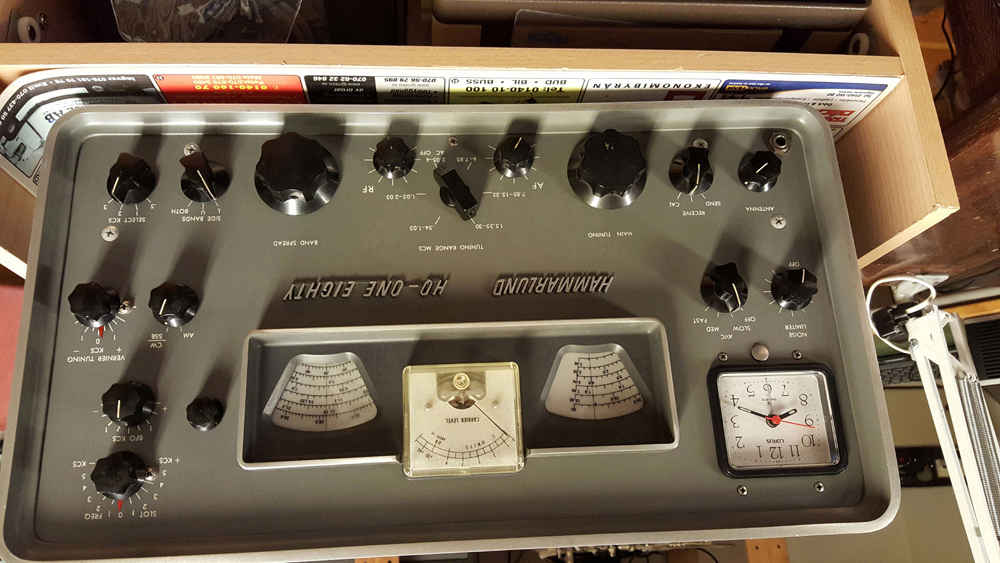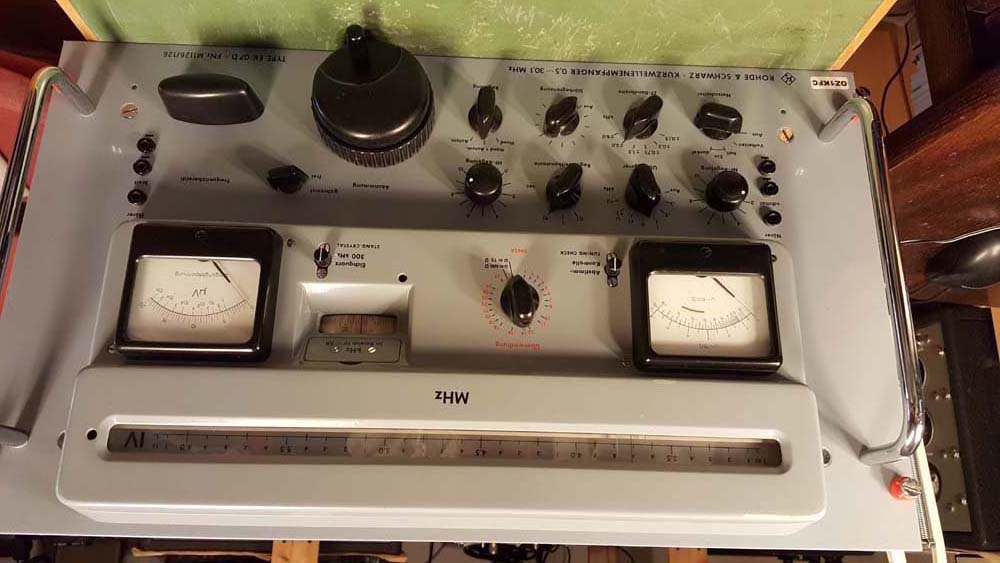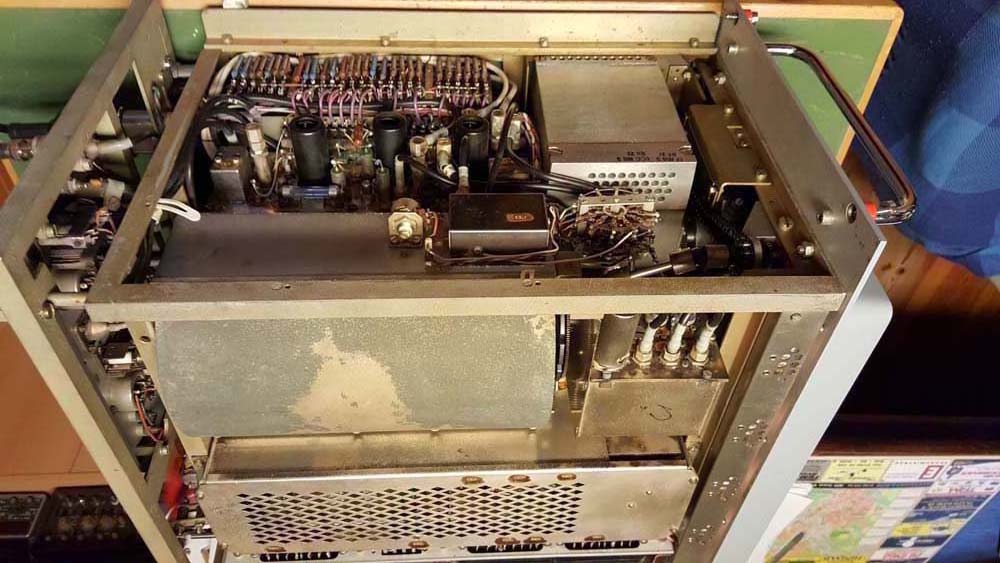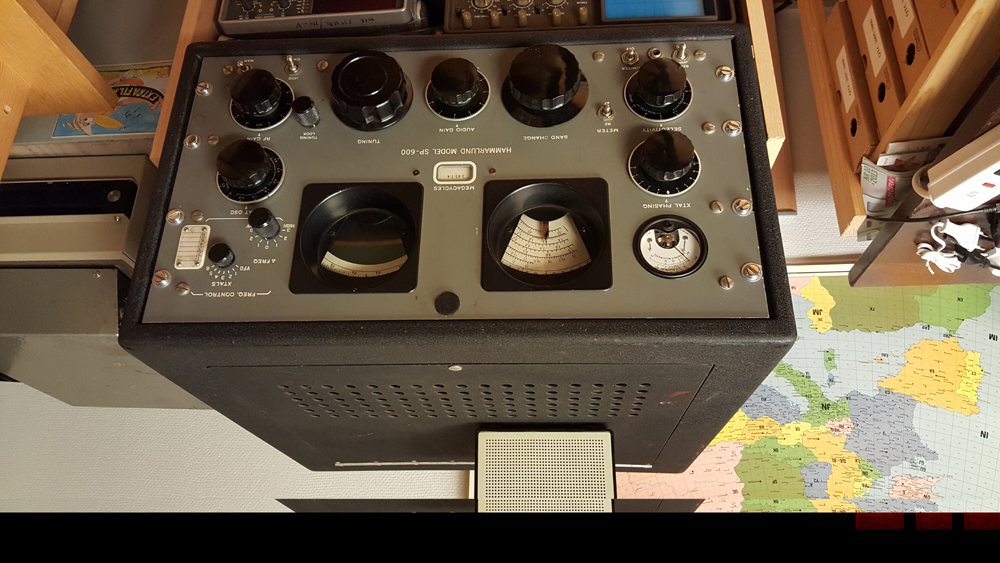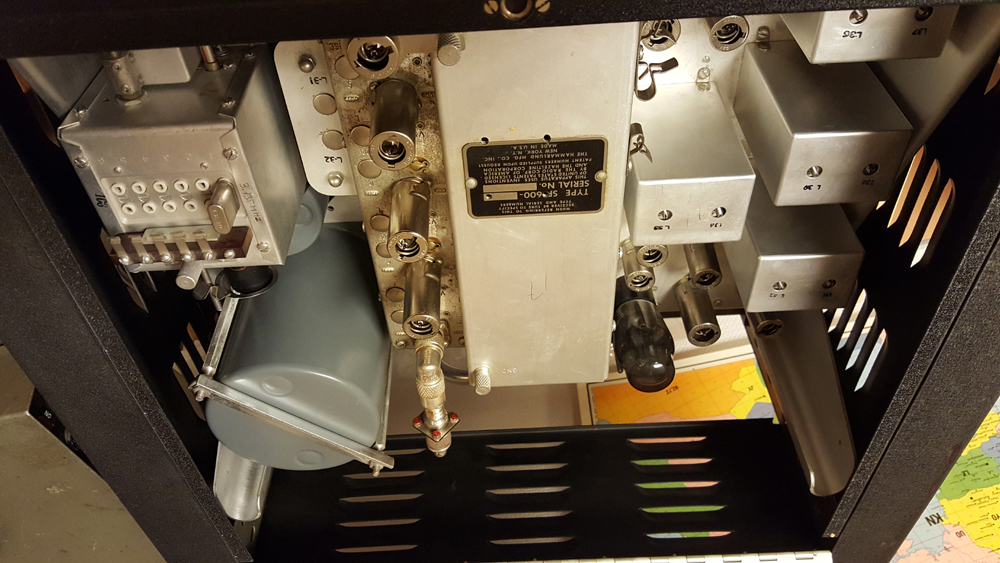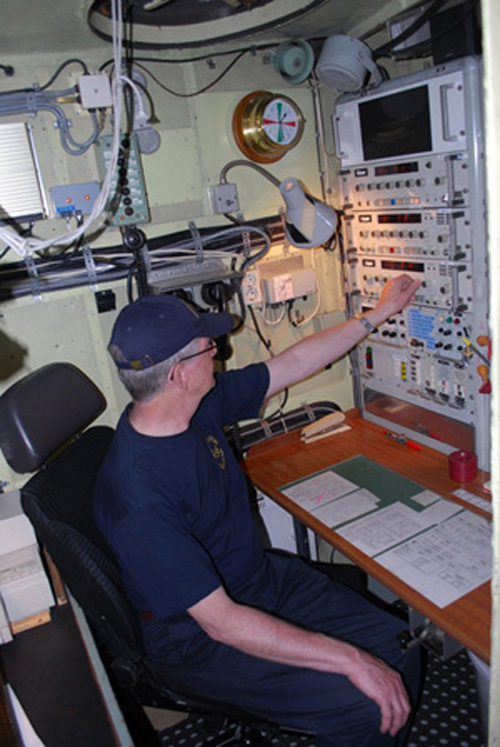Visar
ett misslyckande från Icom PS-55 nätdel lödning
som smält ner på stora el-lyten (56000 uF) pluspol.
Felet berodde på nitningen av pluspolen på stora el-lyten
(56000 uF) som i sin tur värmt upp lödningen så den gav upp,
går en hel del ström där genom niten.
Svårt att se i bild men lödörat snurrade lätt .
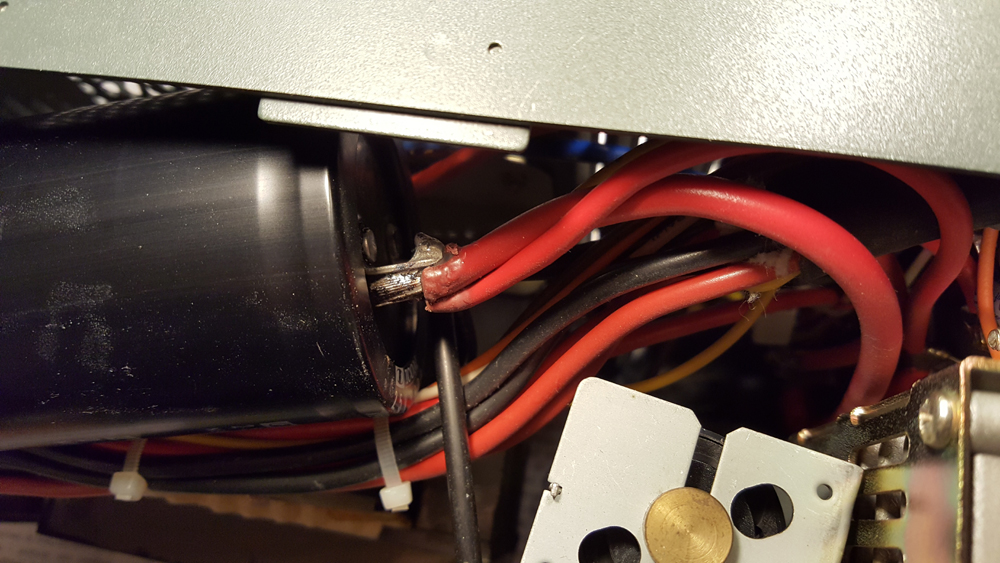
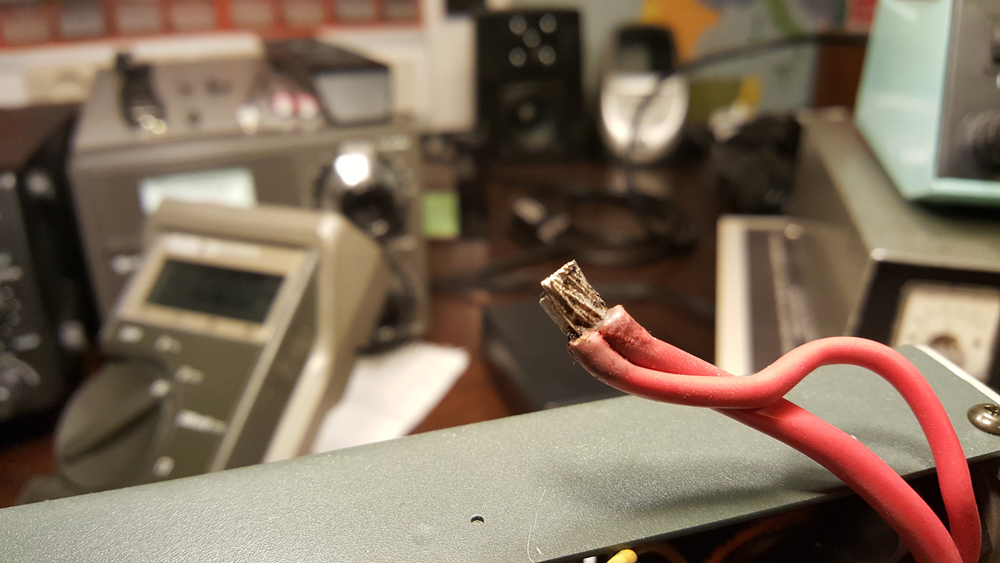
Jag
vill bara visa ett exempel
på dålig elsäkerhet , denna elektrolytkondensator
ligger lös och skramlar omkring.,klippte
nätsladden direkt innan
det händer något otrevligt. Mottagare Hallicrafter S-38
73s Bruno

Jag
lyssnar här på höglandsringen med 59 signaler
på
dom flesta med en Collins 51J4,
bifogar
en bild, hälsa grabbarna från mig.
73s
Bruno
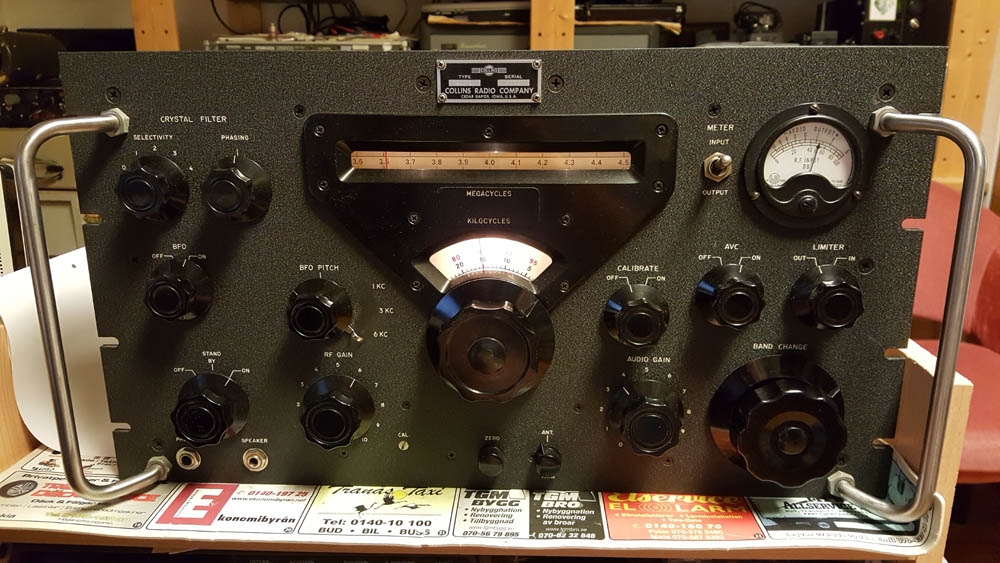
"Flydda
tider"
Foto:
SM7HKM
Bruno.
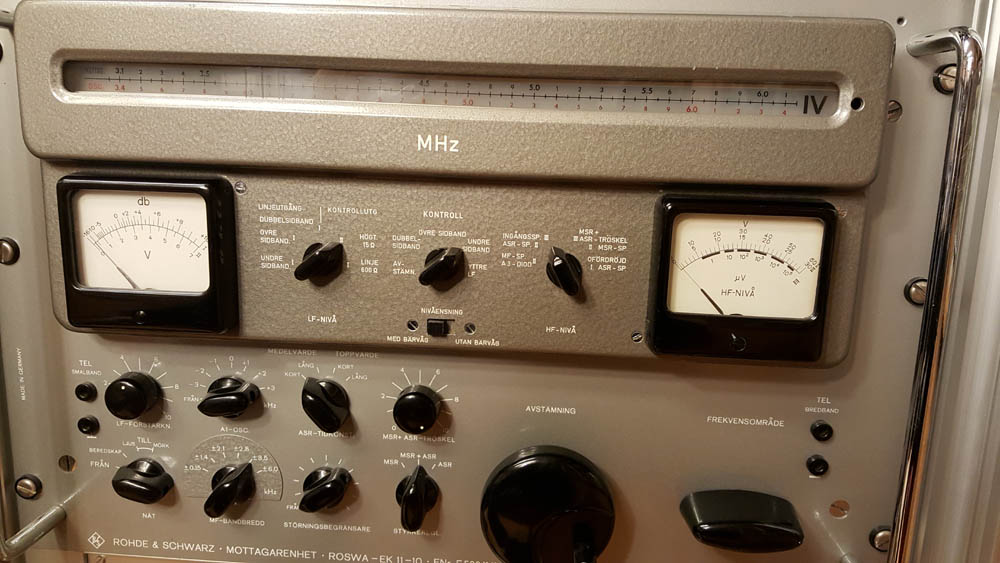
Rhode/Schwartz
mottgarae EK11-10
Frekvensområde 0,7-30,1 MHz uppdelat på 12 områden
ISB-LSB-USB- CW-AM med dubbla
lf-utgångar
Bandbredd valbar +- o,15kHz –
6 kHz valbart i 6 st olika områden
Jag har testat känsligheten
cw-signaler lätt hörbara ned till 0,o5 uV
mottagaren har lågt egenbrus.
Frekvenstabilitet < 5x10minus 7 /år eller bättre .
Nypriset 1960
storleksordningen 20000 D-mark
Mottagaren har ingått i
flygvapnets fjärrskriftsnät,
man köpa kunde köpa dessa
mottagare på Växjöauktionen på 1980-talet
.
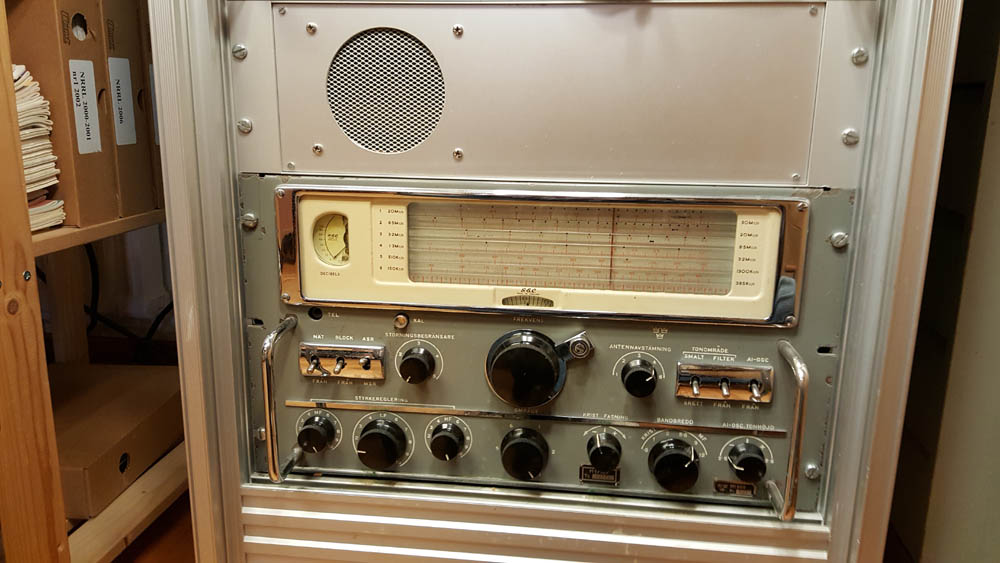

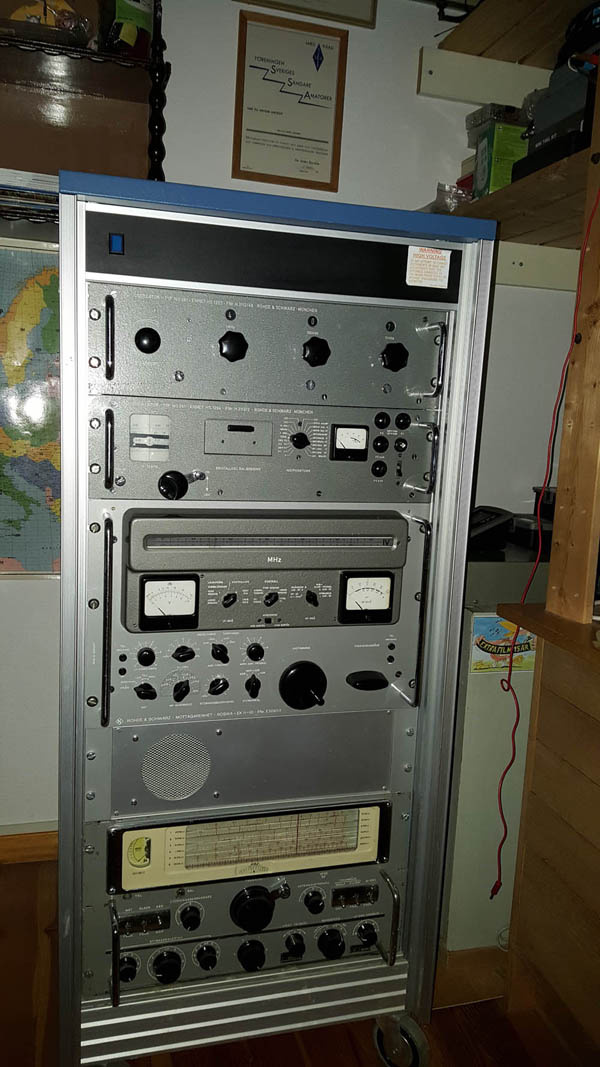
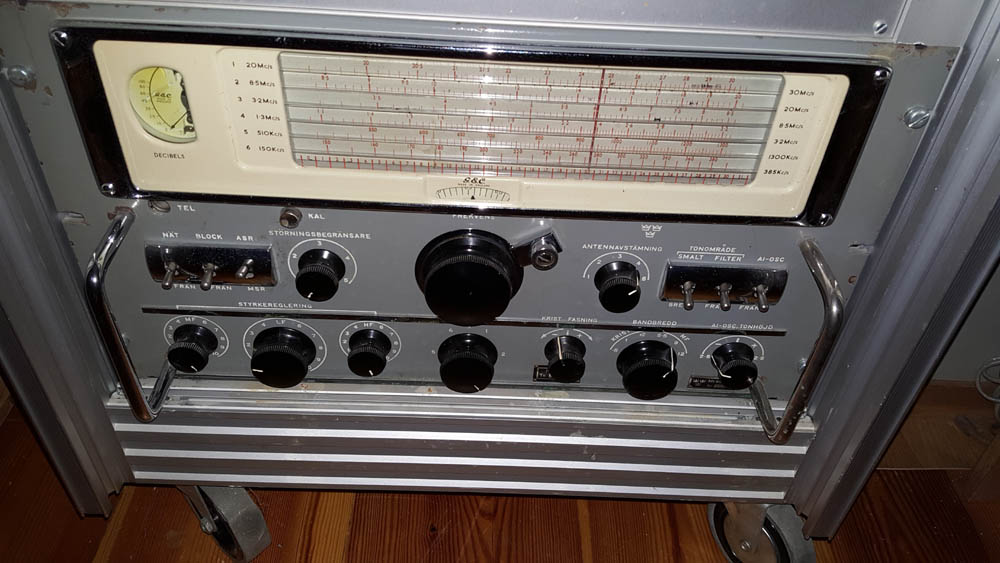
MT 600 i
botten av stativet.


Dekadenhet
o
VFO, den förra var fronten på själva mottagaren.

Sidovy av
dekadenhet, nätdel/VFO, rx-en.
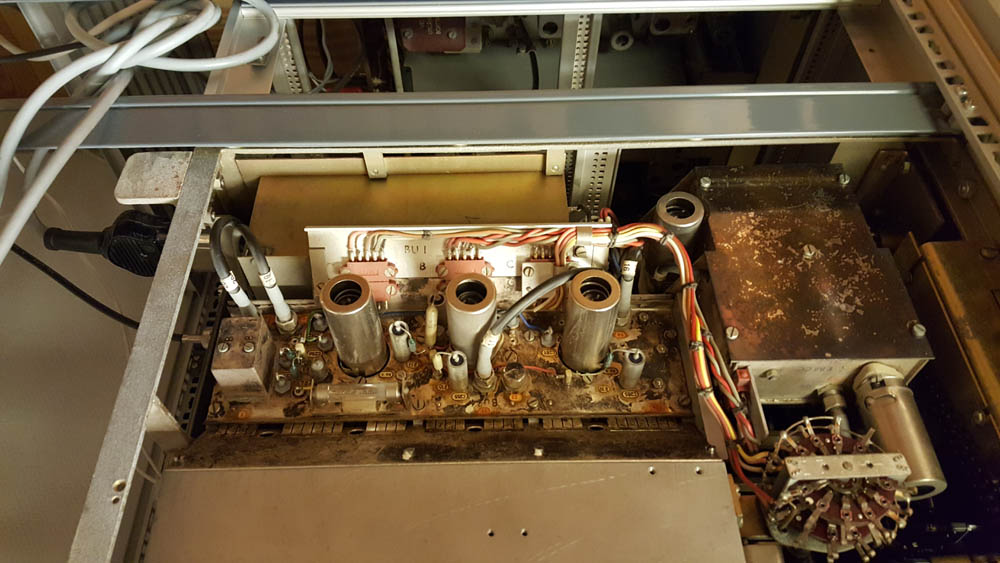
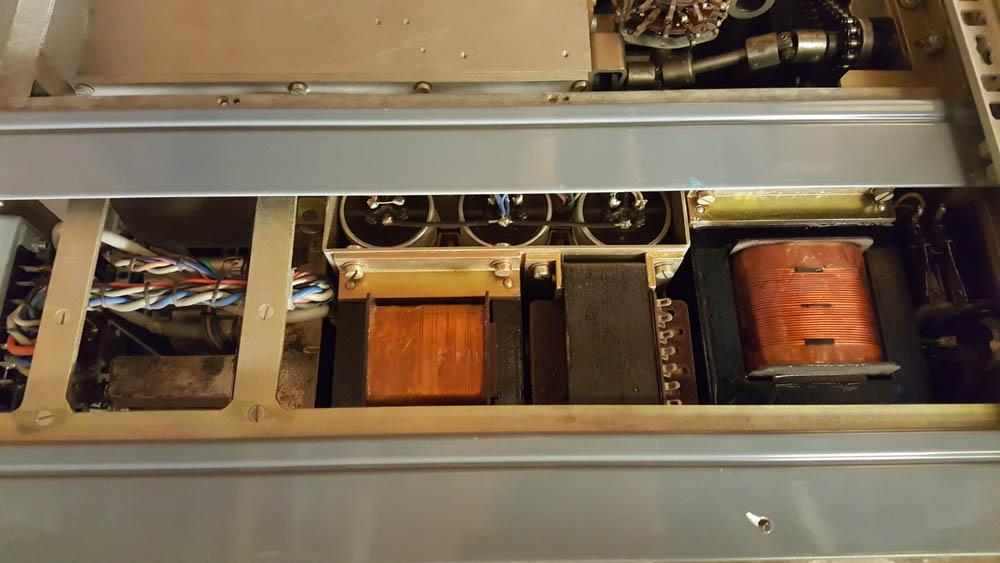
Nätdel
synthes-vfo och en liten del
bandomkopplare rx. Rxing
Tips
från SM7HKM Bruno
Modification of the
new ICOM HM-36
Microphone
The
first step is to figure out what type you have, the old or the new
one.
The
old version of the HM-36 has
always sound
good and has an electret
microphone
with three connections.
It
is recognized by the three wires,
red, black and shield. If it looks this way
you
got the old version and
no modification is needed. This microphone is
marked
'MADE IN JAPAN' or
no marking at.
The
first step is to figure out what type you have, the old or the new
one.
The
new HM-36 entered
the market
at the end of 2007 and beginning of
2008. This
new
type has too less of the higher frequencies and too much
of the low ones. On the
back
side of the microphone you can find 'MADE
IN CHINA'.
The
new type only have too wires connected to the element.
It is
simple to modify the new type to sound as the old one.
1.
Remove
R1, 1 kOhm and C2, 10 µF.
2.
Change C1 from 0.22 µF (sometimes schematic shows 0.33 µF) to 0.01
µF (equal to 10 nF or 10 000 pF)
These
components are marked on the circuit board and easy to locate.
The
C1 can be replaced with a tantalum or ceramic capacitor



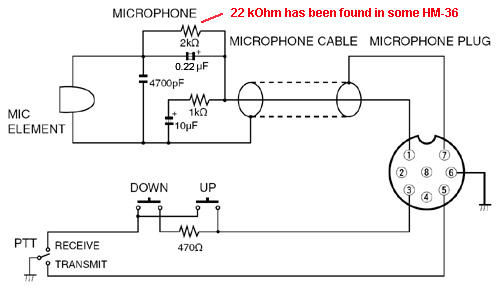
FÖREGÅENDE
TILLBAKA
NÄSTA

